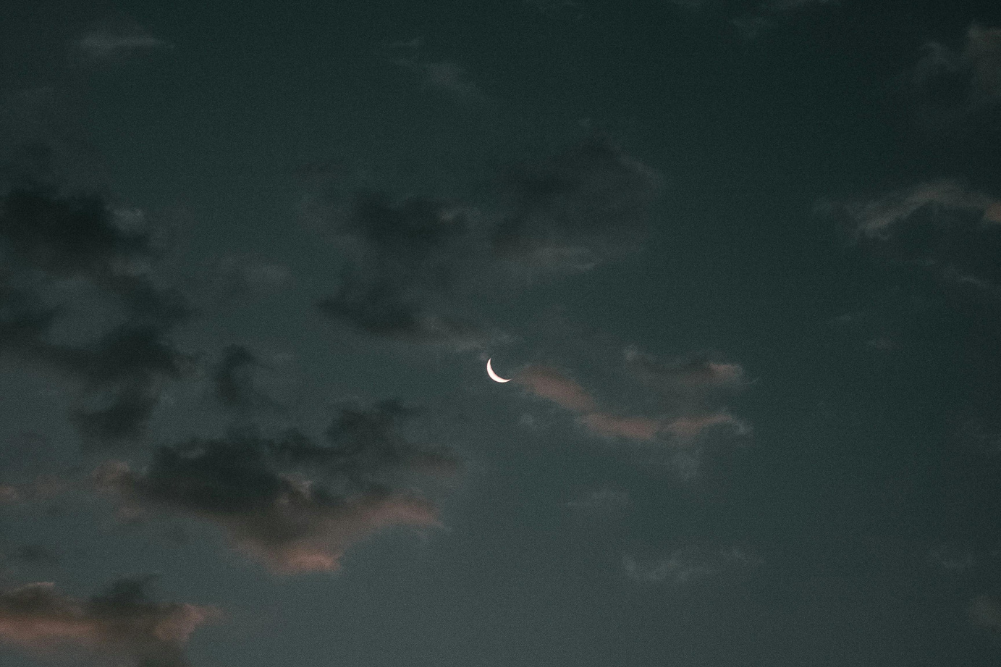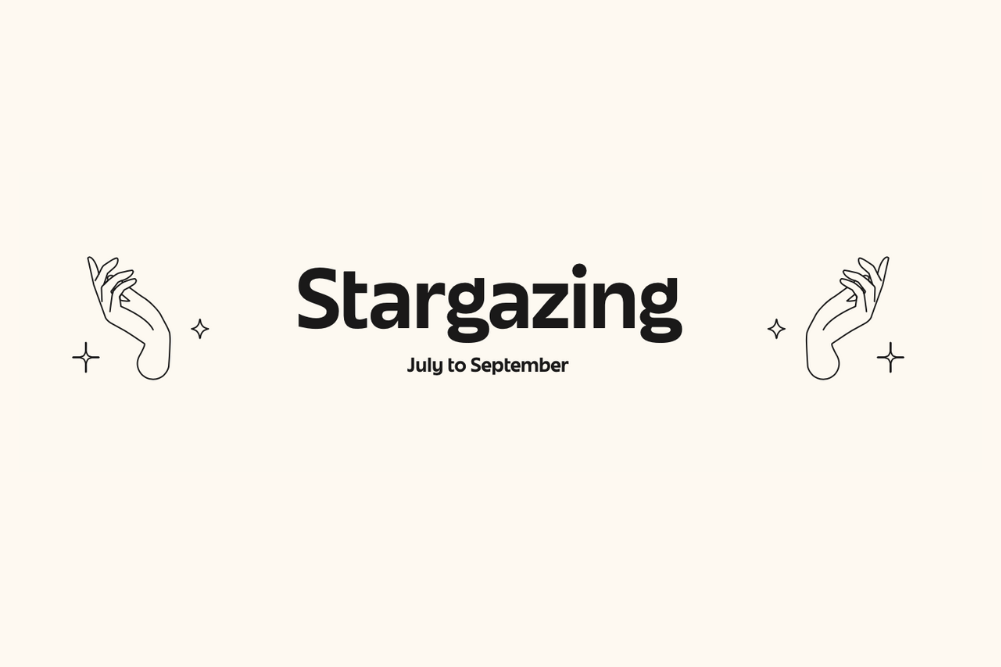2020 Astrology | The dawn of a new world
Powerful forces are unleashed in 2020 as Jupiter, Saturn and Pluto create a series of unique and potent aspects, indicating major change to long-lasting structures and organisations globally.
Some years slip through the chronicles of history with little to no recognition. 2020 isn’t one of those years. 2020 represents the birth of new directions symbolised by the meeting of three of the most important predictive hands on the planetary cosmic clock – Jupiter, Saturn and Pluto. All three planets will begin new cycles with each other, indicating a year of enormous global change.
The last time Jupiter, Saturn and Pluto were all in the governance sign of Capricorn was 1284, which coincided with the introduction of an important new currency. The Republic of Venice began issuing the ducat. It was a gold token that became the standard of European coinage for the next six hundred years.
Expect increasing pressure to replace the US dollar as the global reserve currency. The US, using economic sanctions as a form of virtual warfare, has provoked growing opposition. Signs of a global rebalancing already exist with the BRICS banking alliance and China now buying oil in its own currency. This rebalancing might also play out in the emergence of a new cryptocurrency becoming an important investment alternative.
Cycles of reformation
Each of these three important planetary cycles (in chronological order), Saturn conjunct Pluto, Jupiter conjunct Pluto, and Jupiter conjunct Saturn, reform and reset within the same 12 month period – 2020. To understand how that will play out it is essential to understand the nature of the planets involved. Let’s begin with the highly significant Saturn-conjunct-Pluto cycle.
At its most basic, Saturn is form. It seeks to provide a structure, to crystallise, or lay down a discipline where rules and regulations can formalise life. Although Saturn is linked to Cronus, the Greek deity governing time, the ringed planet is better envisioned as where time stops and a still picture replaces a moving one.
Saturn is also the planet of tradition, where time does actually stop or becomes a product of its past. From a political perspective Saturn symbolises the conservative and rigid fundamentalist. Saturn loves what’s predictable and fears anything spontaneous or surprising, so it’s no surprise that Saturn looks to repeat what has happened in the past.
Every thirty-four to thirty-six years, when Saturn joins reformative and regenerating Pluto, the pent up power of change becomes explosive. Historical examples provide convincing evidence. The 1914 Saturn-Pluto conjunction in Cancer occurred near the start of World War I. This correlation is instructive in showing exactly how these two planets function and what they represent.
The Great War was a time when the boundaries of European countries were irrevocably redrawn. Saturn is the planet of boundaries, but the conjunction between Saturn and Pluto unleashed simmering differences between the various empires of the day and thrust them into an intense battle. Much of WWI was fought from below ground via trench warfare, which is symbolically congruent as Saturn represents the earth and lethal Pluto is associated with the underground.
Empires fall and dynasties end
World War I saw the falling of empires and the abolition of monarchies and grand alliances. Toward the end of the war, the Bolshevik Revolution had displaced the centuries-old Czarist rule of Russia and the Ottoman Empire was no more. A secret deal had been arranged facilitating a Jewish return to Palestine for the first time in two thousand years, and the USA took over from the British Empire as the world’s economic engine and leading military power.
There's no use sugar coating Saturn and Pluto. Each successive cycle plays a role in releasing the political pressure valve.
The immense changes of WWI were not solely due to Saturn conjunct Pluto, but the timing of that conjunction blew the lid off the growing geopolitical tensions between the old Superpowers. Unrest in Russia produced a revolution. Today, especially in the Middle East, much of this instability remains and is actually growing as the USA seeks to maintain its grip on power in the South China Sea. In analysing trends, it’s helpful to understand the root meaning of these two planets, which together describe the destruction of an old-world order.
Pluto is usually a covert influence and acts as a power behind the scenes. Pluto was the ancient Roman deity of hidden wealth, and the Greek lord of the underworld where all souls went after death. Pluto is also the planet of death, metaphorically and often literally. WWI was a time when countless lives were lost in a global power grab. In 1914, the Saturn-Pluto conjunction was more concentrated, forming three times in six months – October and November 1914, and again in May 1915.
The transfer of wealth
Another feature of Saturn and Pluto, and accompanying this transformation of the establishment, was the redistribution of wealth. The First World War is viewed as the evening of the British Empire and the dawn of the USA as a geopolitical juggernaut. The chessboard of European boundaries was also rearranged.
The opposition of Saturn and Pluto during the Great Depression of the early 1930s laid the groundwork for World War II. The next Saturn-Pluto conjunction, in 1947, marked the beginning of the Cold War and the very real threat of nuclear war and potential global destruction. Just as the 1914 triple conjunction rearranged Europe and the Middle East, the 1947 conjunction would do the same for Asia.
This period brought the independence of India and the division and formation of Pakistan. It also saw Chinese Communists come to power after a bitter civil war, and the divisions of the Korean peninsula and Palestine. The official start of the Cold War between the USA and USSR, and two new and parallel world orders came from the Truman Doctrine. Of equal importance was the formation of the CIA in 1947.
The Jupiter conjunct Pluto cycle has also been crucial to freedom and equality movements.
The most recent conjunction of Saturn and Pluto, in 1982, brought significant restructuring of global economics with Thatcherism in the UK and Reagonomics in the USA. Both focussed on selling off public assets to private enterprise, the deregulation of banks and the finance industry, and increased military spending. For Britain it also brought the Falklands War. In the USA the Star Wars program began, while in Australia the Hawke/Keating government began the process that led to the eventual floating of the dollar and the implementation of a free market strategy.
This 1982/83-cycle was critical for US involvement in Middle East politics. The US was warned to move from Arab territory before a bomb destroyed the US Embassy in Beirut, which resulted in the loss of many lives, including almost the entire CIA Middle East contingent. Six months later, the explosion of the largest conventional bomb since WWII destroyed the US peacekeeping base at Beirut airport, this time taking over two hundred lives.
If the conjunction in 1982 corresponded with the Arab opposition to US presence in their lands, the first square from Saturn to Pluto in 1993 and the opposition from Saturn to Pluto in 2001 would shift the scene to homeland USA. The initial bombing of the World Trade Towers took place in February of 1993 and their total destruction occurred on September 11 2001.
The year 1982 also coincided with the adoption of the new China constitution and their move toward a freer economy, which now sees them rival and set to overtake the USA.
The 2020 Saturn-Pluto conjunction demands a different approach to the concluding 1982/83 cycle.
There’s no use sugar coating Saturn and Pluto. Each successive cycle plays a role in releasing the political pressure valve. It would be good if humanity could find a way to do this in a more humane and less destructive manner than past evidence indicates.
Capricorn themes and influences
This is the first Saturn-Pluto conjunction in Capricorn since January 1518 (OS). Corporate Capricorn represents administration, government and the establishment, which is where the biggest changes are likely to manifest. To give you an idea of the enormity of the change ahead, two months prior to the last union of Saturn and Pluto in Capricorn, a German priest named Martin Luther nailed a document known as The 95 Theses on a Wittenberg church door.
The ramifications of his brave endeavour, which questioned the greedy practises of the Catholic Church, at the time the single most powerful institution in Europe, became the catalyst of a transformation of the entire Christian world – the Reformation. In turn, 2020 may be the start of geopolitical change of potentially the same magnitude, with the economic rivalry of China and the USA at the forefront.
In the year following the 1518 conjunction, life also changed for the rulers of far-off lands as Europeans began their greatest exploratory conquests. 1518 marked the beginning of the conquistadors with the expedition of Hernan Cortez into modern-day Mexico and Montezuma’s kingdom, and it timed the adventures of Ferdinand Magellan, the first man to circumnavigate the globe. The African slave trade began in earnest in 1518. Each of these pivotal events went on to reshape history and empires.
Today, the Catholic Church is already in crisis mode and in need of a new reformation. The Christian world, including the avaricious television preachers and evangelicals who prey on people’s fears, or those who masquerade with thinly disguised political aspirations, are open to exposure.
Yesterday’s mariners on the high seas may be today’s space explorers of New Worlds. The modern conquistadors and slave traders will be found among the superpowers as energy wars accelerate with the plundering of third-world resources. Yet on the positive side, this will also intensify the growth of new technologies. Pluto’s last visit through Capricorn coincided with James Watt perfecting the steam engine, a prime reason for the Industrial Revolution.
The futuristic vision of Jupiter and Pluto
In 2020 the Saturn-conjunct-Pluto cycle, which is associated with controlling governments and hard right movements, will be countered by the Jupiter-conjunct-Pluto cycle. This thirteen-year cycle is strongest in 2020 during its exact conjunctions on April 5, June 30 and November 13. While Saturn is traditionally conservative, Jupiter exerts a much more liberal influence, and it is these differing values that will highlight a wide political divide.
Visionary Jupiter is anxious to move into the future. Jupiter balances Saturn’s fear-based caution with optimistic hope. There will be a marked difference between those who represent the expansive Jupiter principles versus those who express the rigid, hard-right perspective of Saturn. Jupiter will most likely manifest through the younger politicians and in more rebellious movements, which may be frustrated by the harsh and controlling tendencies of Saturn and Pluto.
Visionary Jupiter is anxious to move into the future.
This will make for an interesting American election, during which it is likely there will be a younger progressive Democrat opponent challenging an older establishment Republican candidate. Assuming Trump is still at the helm, this could also spell the end of his political career. The latter stages of 2020 will drum home the change.
With Jupiter being the planet of growth and easily the largest in the solar system; bigger and better will be a theme of 2020. Near the June 1906 conjunction of Jupiter and Pluto, the RMS Lusitania was launched in Glasgow as the world’s largest ocean liner. In May 1931, another Jupiter-conjunct-Pluto year, the Empire State building opened in New York. At the time it was the world’s largest building, and remained so for the next forty years.
The same expansive energy will apply to sporting and athletic fields, where records may be set that stand for years afterwards. A prime example occurred in 1968 at the Mexico Olympics, with the incredible long jump of African/American Bob Beamon. His efforts in another Jupiter-conjunct-Pluto year broke the existing record by more than 21 inches, which stood for 23 years and, although beaten in 1991, remains the Olympic record to this day.
Liberty and justice
The Jupiter-conjunct-Pluto cycle has also been crucial to freedom and equality movements, none greater than Mahatma Ghandi’s fight for India’s independence. The two planets were united in 1906 when he began his non-violent protest known as satyagraha (loyalty to the truth). Landmark negotiations continued in 1918 and 1931, both Jupiter-conjunct-Pluto years, while the achievement of full independence was solidified in the Saturn-Pluto year of 1947.
Saturn and Pluto (division of land) was also in force for the 1947 partition of Palestine, but it took the Jupiter-Pluto year of 1994 before the Palestinian Authority was formed and the Gaza-Jericho Agreement was implemented. Jupiter and Pluto correlated with a major victory for oppressed peoples with the election of Nelson Mandela as the first black president of South Africa, in May of 1994. We might expect similar breakthroughs or landmark cases in the International Court of Justice with the Jupiter-Pluto conjunction continuing throughout 2020.
Jupiter and Saturn: Law and order
The last, but definitely not least, important meeting in the heavens, is that of Jupiter and Saturn. This 20-year repeating cycle was for thousands of years the most important cycle of all, featuring the two largest planets in the solar system. The Jupiter and Saturn cycle has a long and detailed history of being used to forecast for kings, queens and caliphs, stretching back to Babylonian times.
With Jupiter being the planet of growth and easily the largest in the solar system; ‘bigger and better’ will be a theme of 2020.
Jupiter was traditionally regarded as the royal planet. The Tower of Babel was dedicated to Marduk, the principal deity of the ancient Babylonian culture. Such was the same in ancient Rome, as Jupiter, the god of law and litigation. Saturn, as Ninurta, was the Babylonian keeper of the Tablets of Fate and so ruled over the fates, elders and tradition.
Jupiter and Saturn continue their twenty-year cycles, which describe a period of generational change. The two planets also have two longer cycles; one is approximately sixty years, when they return to a similar position in the skies every third conjunction, and the other is close to eight hundred years. The longer periods are useful for important repetitive themes. The larger 800-year cycle reinforces the themes of the other cycles happening in 2020 – those between Saturn and Pluto and between Jupiter and Pluto, which combine to describe this period in history as one of accelerated global shifts along with a predominance of Asian dominance in trade and economics.
This should be no surprise. Apart from the dominance of the Roman Empire, China and India have been the leading GDP countries throughout the last two millennia. The Industrial Revolution allowed the British Empire to assume that mantle, then technology combined with access to natural resources thrust the USA to the forefront. But in the big picture, this has been more recent. With the current cycles of Jupiter and Saturn, Asia is again on the rise.
The space race and the fight for resources
The sixty-year cycle takes us back to the early 60s, when space exploration was in its infancy. Back then it became a race between the East and West, or between the USSR and USA, for the honours. We can expect this competition for control of the skies and planetary exploration seeking new resources to grow under a fresh cycle, with 2029/30 representing a major milestone.
As Jupiter and Saturn collectively represent law and order, the beginning years of the cycle can indicate what direction new social structures will take internationally. There can be an “us and them” feel to the early years. Looking back to the early 60s, this period brought the construction of the Berlin Wall and the Cuban Missile Crisis. The early 80s delivered Reagan’s ideological evil empire and Star War speeches. The new millennium was George W Bush’s “with us or against us” war on terror.
Again, this places an emphasis on how well, or how badly, the leading powers of today are going to interact. The USA’s domination over the economic world is weakening, even if they do still boast the world’s most powerful military. But the bitter, divisive schisms engulfing US politics and global directions show no sign of easing. The planets are signalling a further breakdown in the global order, peaking in 2022 and 2023, before easing up by 2026.
This is particularly important for smaller, reactive economies such as Australia and New Zealand. Both have been able to ride out the contractions of a fluctuating world economy by having China as their major trading partner. Both have ridden on the back of China’s rise. Now, with the USA asking for more military cooperation, Australia and New Zealand are having to delicately walk a diplomatic tightrope. 2020 is likely to exacerbate this conundrum as the old-world order makes way for a new one.








